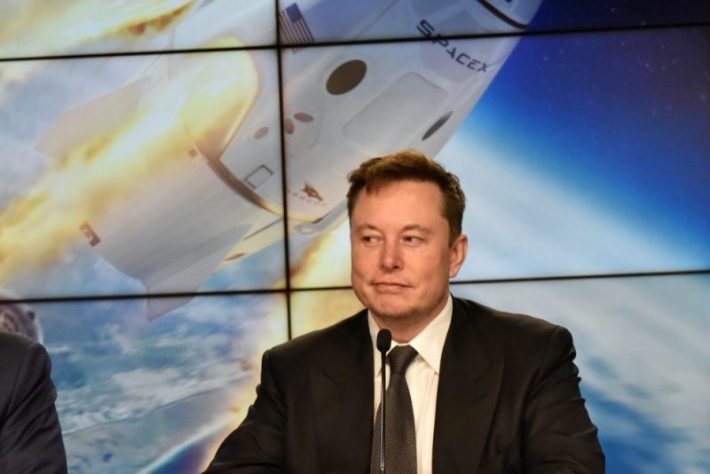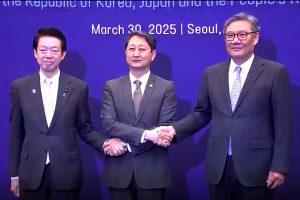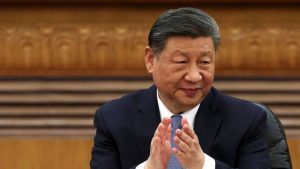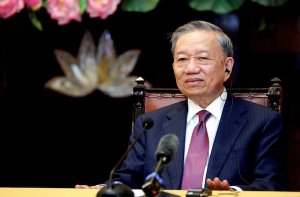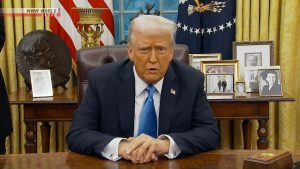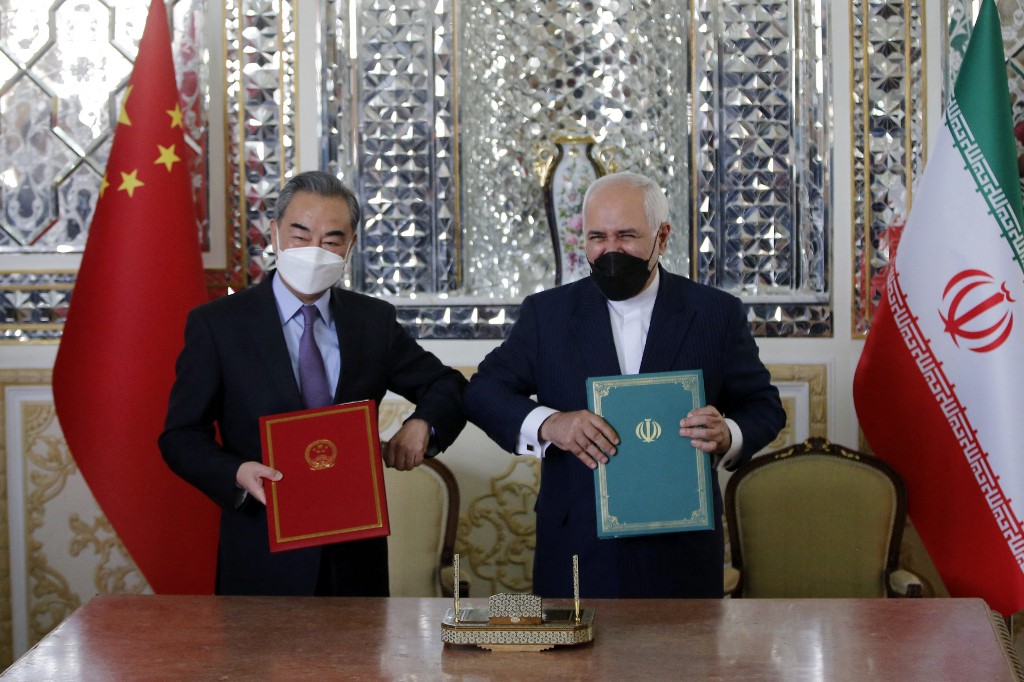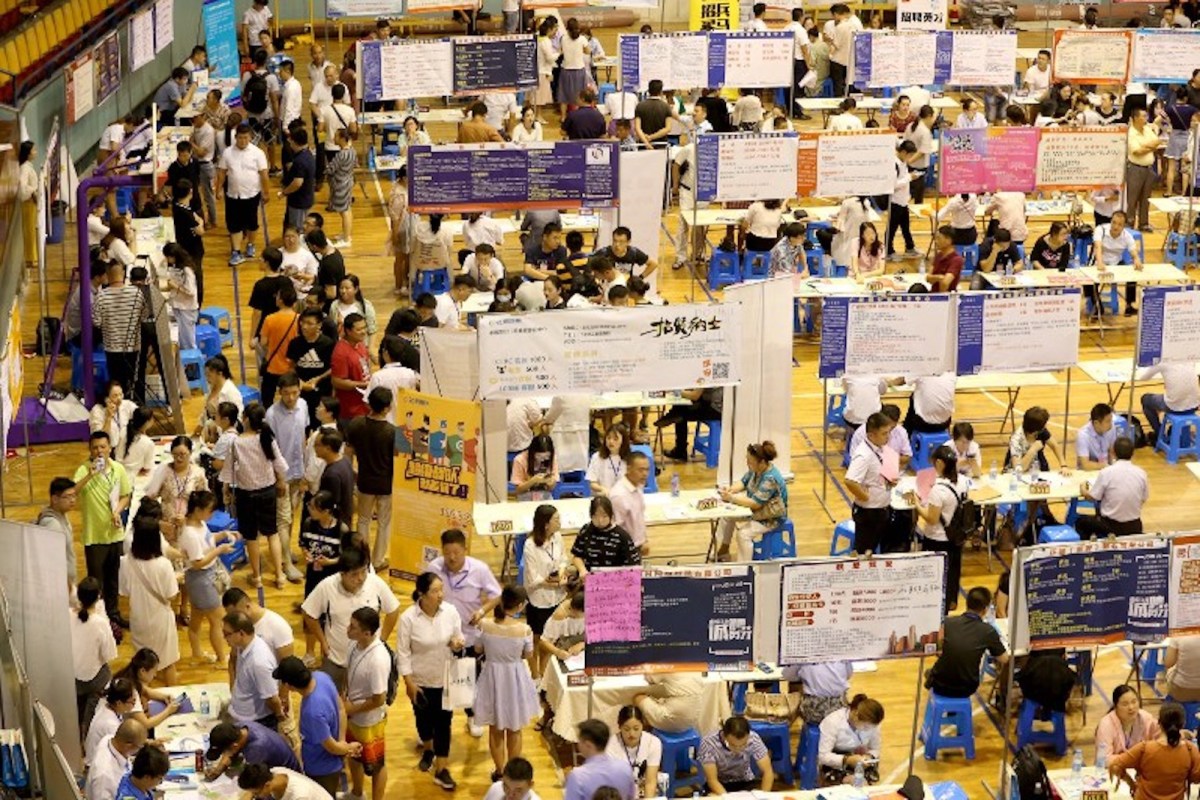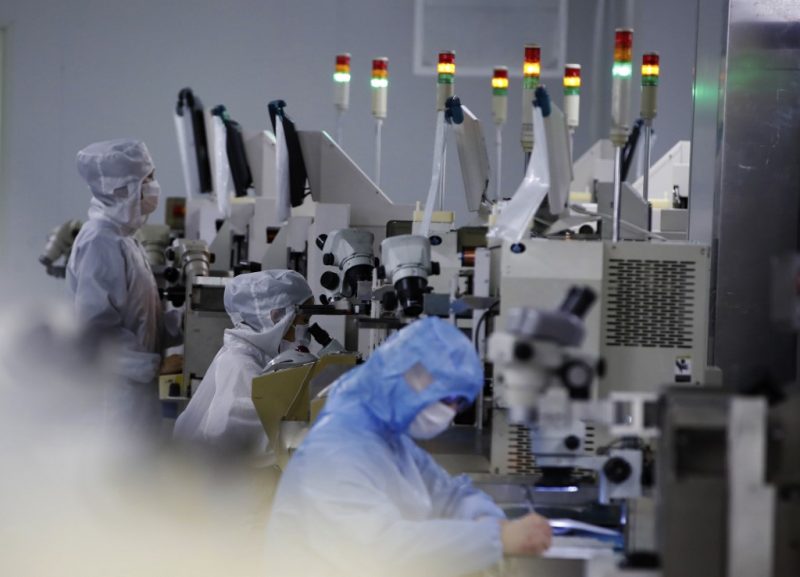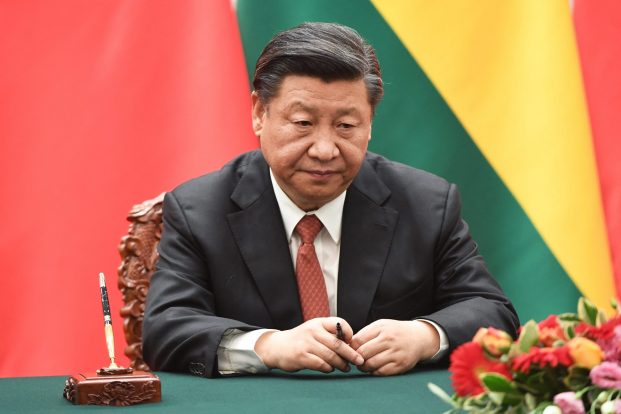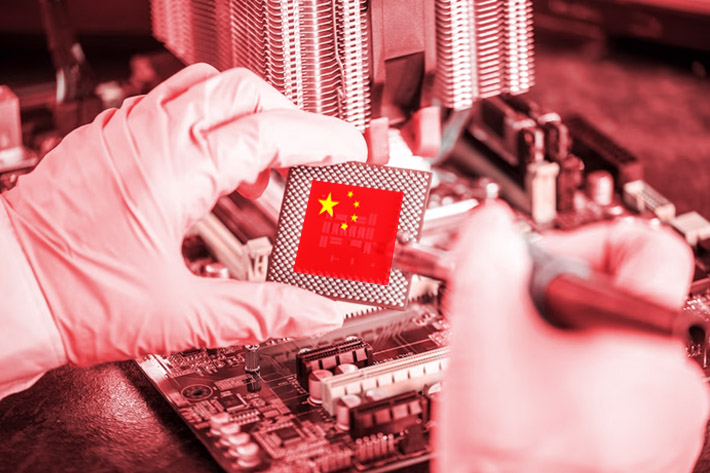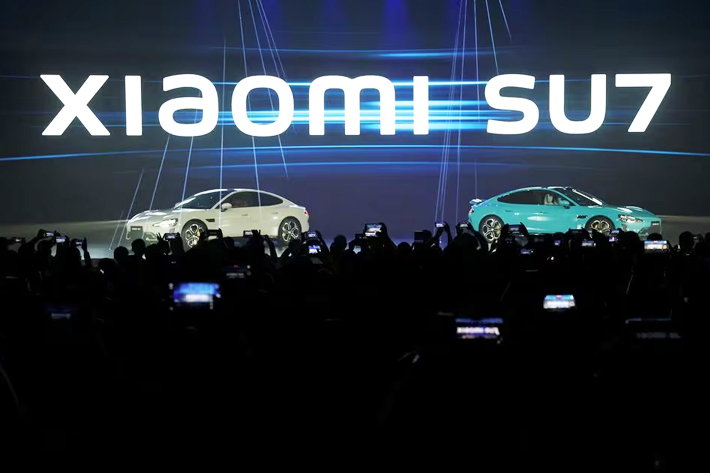Vietnam has made a range of significant bilateral trade concessions in a bid to avoid major tariffs being imposed by the Trump Administration next week.
Hanoi has said it will cut tariffs on LNG (liquified natural gas) and cars from the US, and will allow services by Elon Musk’s Starlink.
It is also boosting imports from America in a scramble to avoid US tariffs because of its large trade surplus with Washington – over $123 billion in 2024. Firms from Vietnam signed a series of energy deals and mineral agreements with American companies worth more than $4 billion during a visit to the United States by a Vietnamese delegation two weeks ago.
ALSO SEE: Many Chinese Firms Among 80 Added to US Export Blacklist
The tariff that Vietnam imposes on US autos will be reduced from 45% to 64% to 32%, while the levy on natural gas will be cut from 5% to 2%, and the duty on ethanol halved from 10% to 5%. Those cuts were announced by a Vietnamese official late on Tuesday, Reuters said on Wednesday (March 26).
Nguyen Quoc Hung, head of tax policy at Vietnam’s Finance Ministry, said the cuts are aimed at “improving trade balances with (Vietnam)’s trade partners.”
Hung noted that while the US and Vietnam have a Comprehensive Strategic Partnership, they are yet to complete a formal free-trade agreement.
Vietnam has yet to import LNG from the US, but the country has been in talks with suppliers in America for its future fleet of LNG power plants, the first two of which are scheduled to start commercial power generation in June.
Vietnam’s industrial capacity has grown considerably in recent years but it has had problems expanding its power grid to cope with the additional demand. It suffered widespread blackouts in May last year and industrial parks in the country’s northern provinces faced power cuts in June 2023, when demand was stretched by heatwaves.
Hung said the decree on the tariff cuts will be ready this month and will take effect immediately after that.
Tariffs on ethane gas will be removed and duties cut on other imports such as chicken thighs, almonds, apples, cherries and wooden products, he said.
Green light for Starlink
Separately, the government issued a decision to allow SpaceX to launch its Starlink satellite internet service on a trial basis, while retaining full ownership of the service, according to a statement published on the government portal on Wednesday.
Allowing the US firm to launch its internet service is seen by some analysts as one of the measures Vietnam has taken to avoid being hit with US tariffs, Reuters said.
SpaceX’s talks with Vietnamese officials hit a snag in early 2024 when Hanoi appeared to deny the company’s request for an easing of rules on foreign ownership of telecom firms with network infrastructure.
Leaders of the country’s communist regime are keen to upgrade Vietnam’s internet infrastructure after problems – outages at its five major underwater fibre-optic cables.
Chinese vessels have been blamed for cutting subsea internet cables to Taiwan and countries in northern Europe and there are similar fears in Hanoi that its underwater internet links are vulnerable to cable-cutting if bilateral ties deteriorate.
Vietnam needs Starlink’s satellite service for its mountainous regions and offshore areas in the South China Sea, where it – and several other ASEAN states – have disputes with China, over its controversial claim to control a vast chunk of the sea.
Hanoi has sought to counter Beijing’s giant “sea-grab” with a virtual race to fortify islands in the sea by dredging and reclaiming thousands of acres around reefs in the country’s coastal waters.
In recent years Vietnam has created eight harbours on the Spratly Islands and other reefs, tripling the number of outposts to a dozen, according to the Asia Maritime Transparency Initiative. AMTI said last week that Vietnam’s overall dredging and landfill efforts to create harbours and channels in disputed areas of the sea total about 3,319 acres – 71% of China’s current total of 4,650 acres.
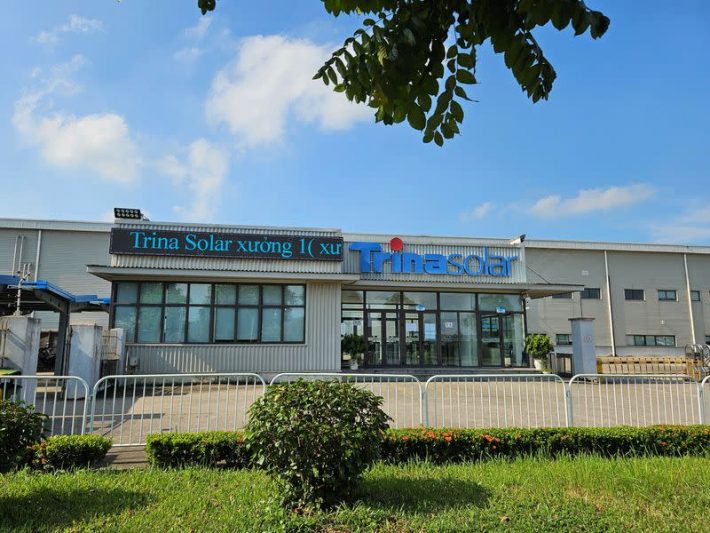
US ramps tariffs on Chinese solar sent via Vietnam
Meanwhile, the US Commerce Department has “dramatically increased” tariffs on imports from Chinese solar producers that set up assembly bases in Vietnam for exports to America, according to PV Mag, which monitors global solar developments.
Commerce officials say they uncovered “improper cross-border subsidies from China” – via “highly discounted” solar wafers, solar glass and other inputs transferred at prices below market rates – to lower the costs of its companies’ solar factories in Vietnam.
They imposed sharp increases to preliminary anti-subsidy tariffs announced on December 1 for solar imports from Vietnam, which are reportedly the biggest source of US solar imports.
This has meant “anti-subsidy rates approaching or even exceeding 100% of the value of imports for several of the best-known Chinese companies manufacturing in Vietnam, including Jinko Solar and Trina Solar,” it said, noting that there are also anti-dumping duties.
Half a dozen US solar producers have sought action over Chinese imports to solar factories in Vietnam and three other ASEAN nations – Cambodia, Malaysia and Thailand. That has led to tariffs on imports from Vietnamese factories set up by JA Solar, Jinko Solar and Trina Solar being increased from 2.85% to just under 28% for JA, and 95.5% for Jinko and Trina, it said.
But a decision on those revisions may not be made till after a final court hearing in mid-April or later, it said.
US President Donald Trump says he will announce reciprocal tariffs on multiple nations on April 2, although some countries might get breaks and outcomes for countries like Vietnam, China and others may not be known till trade deals are decided.
- Jim Pollard with Reuters
ALSO SEE:
April 2 Set as Date for Unveiling of Trump’s Reciprocal Tariffs
US, Vietnamese Firms Sign Billions in Energy, Mineral Deals
China Lifts Deficit to Avoid Trade War Blows, Boost Consumption
Trump Launches Tariff Wars, China Hits Back With 10-15% Duties
Trump’s Steel Tariff to Hit Chinese Supply Lines via Other Nations
US Policy Upheaval Has Asian Chip Giants on Tenterhooks
Vietnam Seen Facing Tariffs as Trade Surplus With US Soars
Vietnam to Build High-Speed North-South Rail Link – BT
Chipmakers Flee China, Shift to Vietnam Amid US-China Heat
SpaceX’s Talks With Vietnam Over Starlink Internet Hit a Snag




